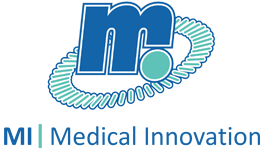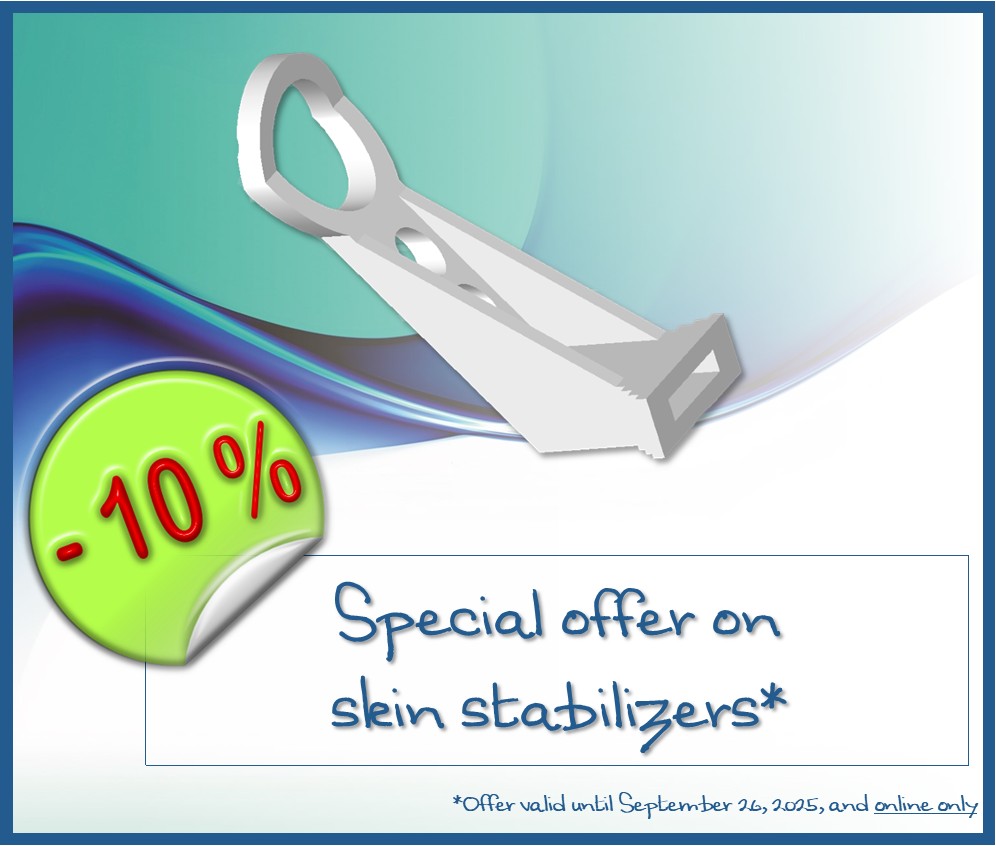- Introduction
-
Mesotherapy
- Doctor Pistor
- Discover the action of mesotherapy
- Advantages of mesotherapy
- Hygiene and asepsis in mesotherapy
-
Présentation de la mésothérapie
-
Mesotherapie "medical"
- Mesotherapy & Pain
- Muscle strain
- Mesotherapy and migraine
- Mesotherapy and fibromyalgia
- Knee mesotherapy
- Arthrose et Mésothérapie
- Carpal tunnel treatment
- Rhumatologie et Mésothérapie
- Meso-stress
- Mesotherapy & Back Pain
- Mesotherapy & Warts
- Mesotherapy & Zona
- Mesotherapy & low back pain
- MESOTHERAPY AND ELONGATION
- Mesotherapy and chronic neck pain
- Mesotherapy and tinnitus
- Mesotherapy and stress fractures
- Algodystrophie et mésothérapie
- Mesotherapy and contractures
- Epicondylitis and mesotherapy
- Achilles tendon treatment by mesotherapy
- Mesotherapy sports
- Mésoperfusion
- Aesthetic Mesotherapy
- Mesotherapy veterinary
-
Mesotherapie "medical"
- Why use a Pistor ??
- Injection techniques
- Formation
- The Pistor
- Consummables
Cart
0
Product
Products
(empty)
No products
To be determined
Shipping
0,00 €
Tax
0,00 €
Total
Prices are tax included
Product successfully added to your shopping cart
Quantity
Total
There are 0 items in your cart. There is 1 item in your cart.
Total products
(tax incl.)
Total shipping (tax incl.)
To be determined
Tax
0,00 €
Total
(tax incl.)
CHRONIC VENOUS INSUFFICIENCY: TREATMENT BY MESOTHERAPY
/a1664.JPG)
Venous insufficiency is related to a malfunction of the veins, characterized by an insufficient return of blood to the heart, due to an alteration of the wall of the vein.
It affects a large number of women (40% of women over 40) but also men around the world. It is favored by various factors: sedentary lifestyle, hormonal imbalances, pregnancy, overweight, female sex, age, heredity and is aggravated by prolonged standing and heat.
The venous insufficiency is due to an alteration of the walls of the vessels causing a poor blood circulation and resulting among other things a sensation of heavy legs and the appearance of spider veins and later varicose veins. Varicosities are a consequence of chronic venous insufficiency, the vessels dilate and become apparent on the surface of the skin, but there are solutions ...
Dr. Michel Pistor defined mesotherapy as:
"A new and simple therapeutic design that aims to bring the place of therapy closer to the site of pathology, for greater efficiency."
This conception is particularly adapted to the vascular pathology of the lower limbs, which is most often: a loco-regional pathology, the varicose veins are always of supraponeurotic seat, located in the hypodermis easily accessible to the eye and the needle of the mesotherapist.
TREATMENT THROUGH MESOTHERAPY:
The objective of management by mesotherapy is both preventive and curative, with the main objective of relieving pain, while treating the cause of venous insufficiency. The composition of the drug mixtures will be modulated according to the stage of evolution of the disease, as well as the injection techniques
mesotherapy in venous insufficiency :
- It can be used at all stages and is often effective where other treatments have little effect (except of course cases requiring surgery).
It can be used safely in pregnant women, especially with the superficial technique and can relieve common disorders during this period without taking drugs potentially harmful to the baby.
It is based on the treatment of the lateral and posterior venous axes of both whole legs and, as for mesotherapy in general, on the usual combination of the two techniques, deep and superficial, with a combination of products with vasotonic and anti-oedematous effect.
The optimal mesotherapy protocol for venous insufficiency involves one session a week in the first month, then every two weeks for two to three months, and then once a month for maintenance.
THERAPEUTIC PROTOCOL:
The symptomatic treatment by mesotherapy of the lower limbs for venous disorders is called the mesodrain
MESOTHERAPY TECHNIQUES
- We will use the technique of intrapaper epidermal mesotherapy with the needle of 13 x 0.33, the punctures are carried out the needle tangential to the skin, bevel turned upward, the tip remains in permanent contact with the skin and the flexibility of the needle is used to move back and forth in the axis of the needle during which an intra-epidermal droplet is to be injected.
- Intra-dermic mesotherapy : the technique used is that of the IDS or intradermal superficial, 2-3 mm deep also called intra-dermal nappage or burst, when performed with a Pistor. Intra-dermal mesotherapy deep to 4 mm deep can be used in point-to-point injection
INJECTED PRODUCTS:
Mixture 1: Procaine 2%: 1cc Raubasine: 2cc Etamsylate: 2cc
MESOTHERAPY TECHNIQUES
- We will use the technique of intrapaper epidermal mesotherapy with the needle of 13 x 0.33, the punctures are carried out the needle tangential to the skin, bevel turned upward, the tip remains in permanent contact with the skin and the flexibility of the needle is used to move back and forth in the axis of the needle during which an intra-epidermal droplet is to be injected.
- Intra-dermic mesotherapy : the technique used is that of the IDS or intradermal superficial, 2-3 mm deep also called intra-dermal nappage or burst, when performed with a Pistor. Intra-dermal mesotherapy deep to 4 mm deep can be used in point-to-point injection
INJECTED PRODUCTS:
Mixture 1: Procaine 2%: 1cc Raubasine: 2cc Etamsylate: 2cc
FIELD OF APPLICATION:
IDP with a 4mm needle / 0.29 point per point on the venous axes of the long saphenous veins and external according to the mesodrain (15) and IDS or IED mapping with a 13mm / 0.29 needle over the entire lower limb surfaces after biseptine disinfection and sterile gloves.
PREVENTING INFECTIOUS RISK
The prevention of the infectious risk is essential: by applying standard asepsis measures, it is necessary to change the needle for each leg and for the belly, to stitch from top to bottom, that is to say from the cleanest to the more dirty (buttocks and thighs to the knees, then below the knee and change needles to prick the calf).
The pharmacological action of mesotherapy which is mainly by the vascular and lymphatic system explains the good results obtained in vascular pathologies.
Treatment with mesotherapy is therefore both preventive and curative.
Chronic venous insufficiency is probably the most common chronic disease, which can strongly affect the quality of life of patients. As soon as there is a dysfunction of the venous return of MI by valvular incontinence, with or without obstruction of the deep veins, affecting the superficial or deep venous network, lymphatic damage is inevitable.
Current treatments are numerous, varied and complementary, which justifies multidisciplinary care, of which the mesotherapist must be one of the actors.


